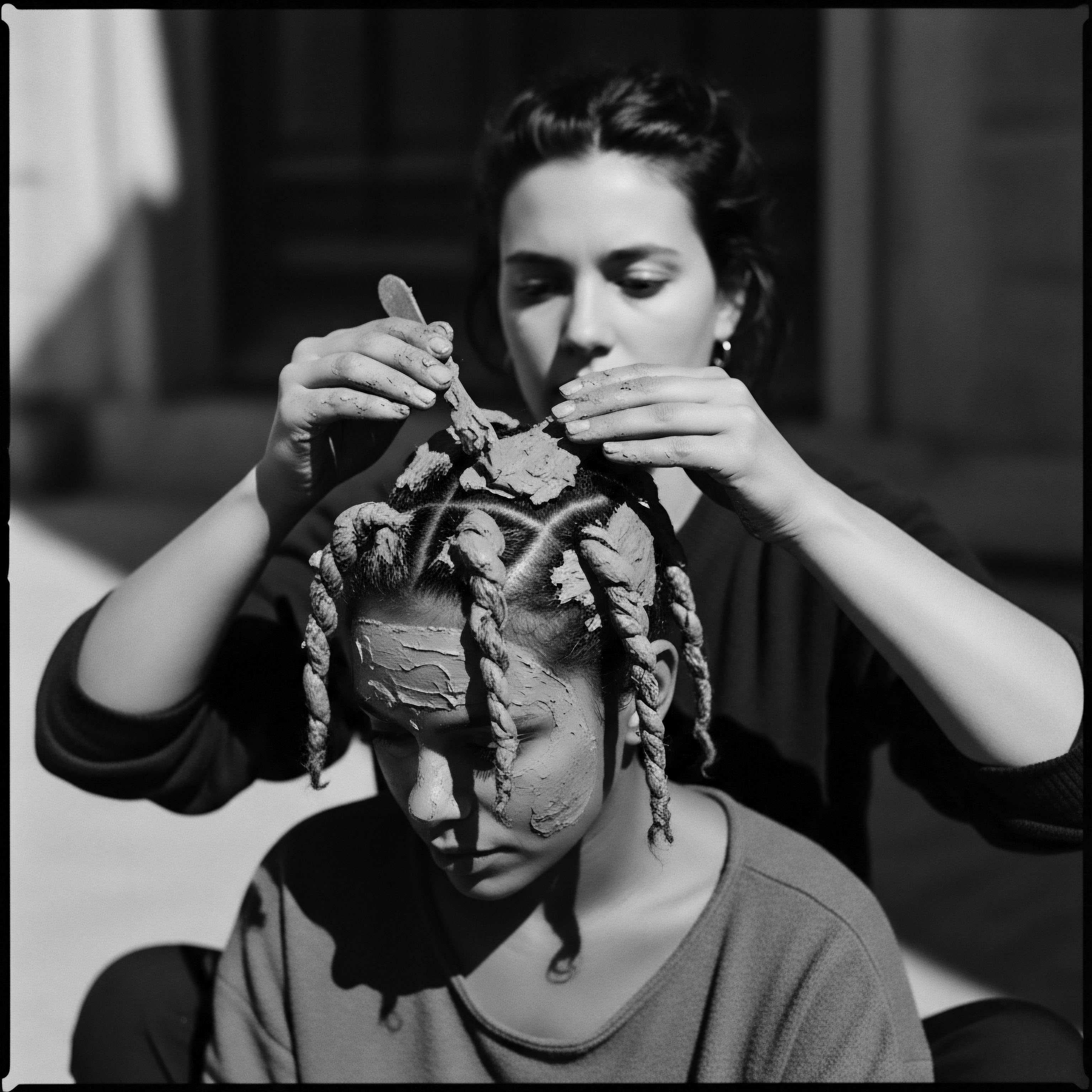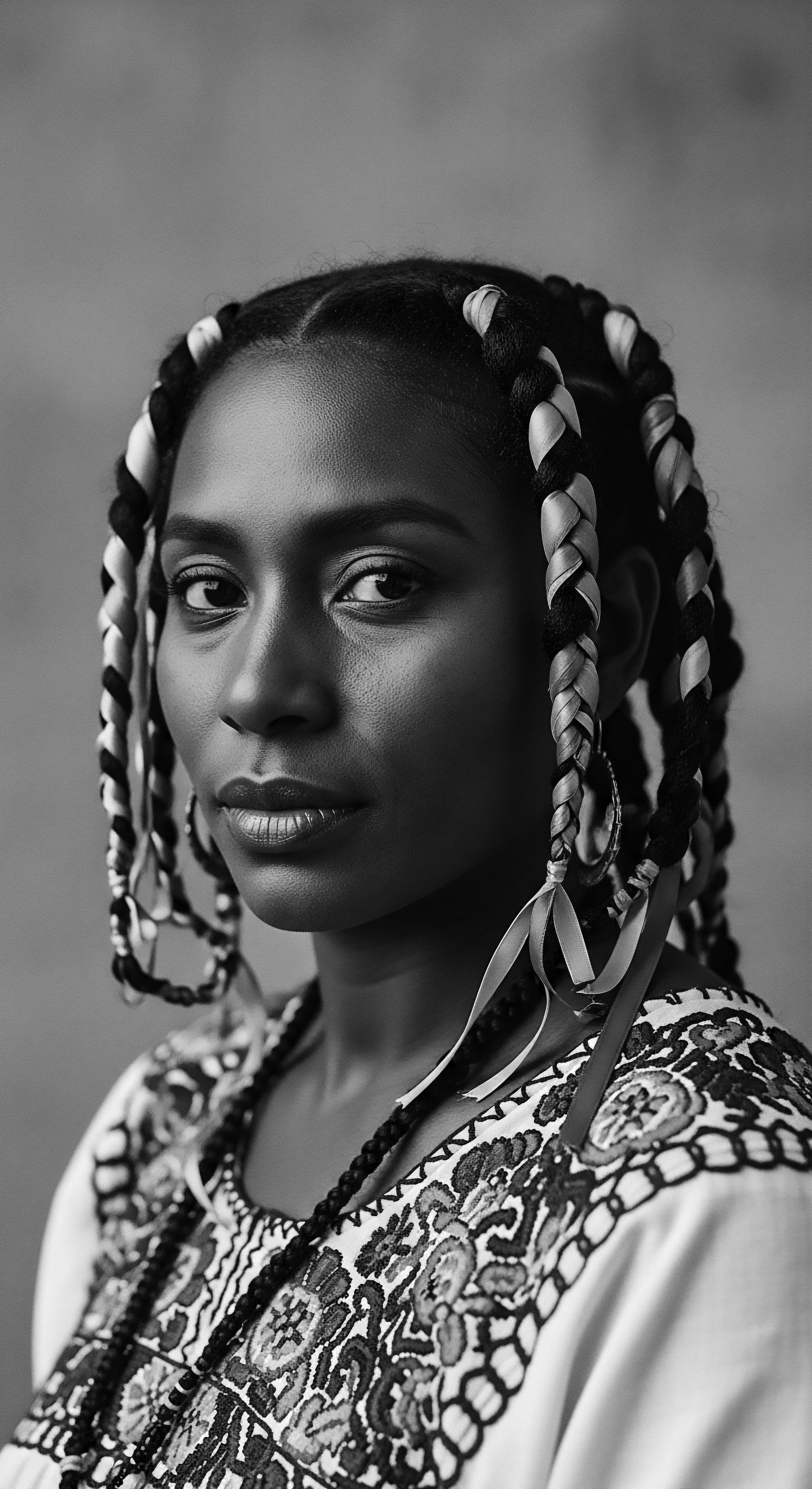
What is the historical significance of henna in Egyptian hair rituals for textured hair?
Henna's ancient Egyptian use for textured hair provided color, conditioning, and cultural meaning, deeply linking beauty rituals to ancestral wisdom and protection.
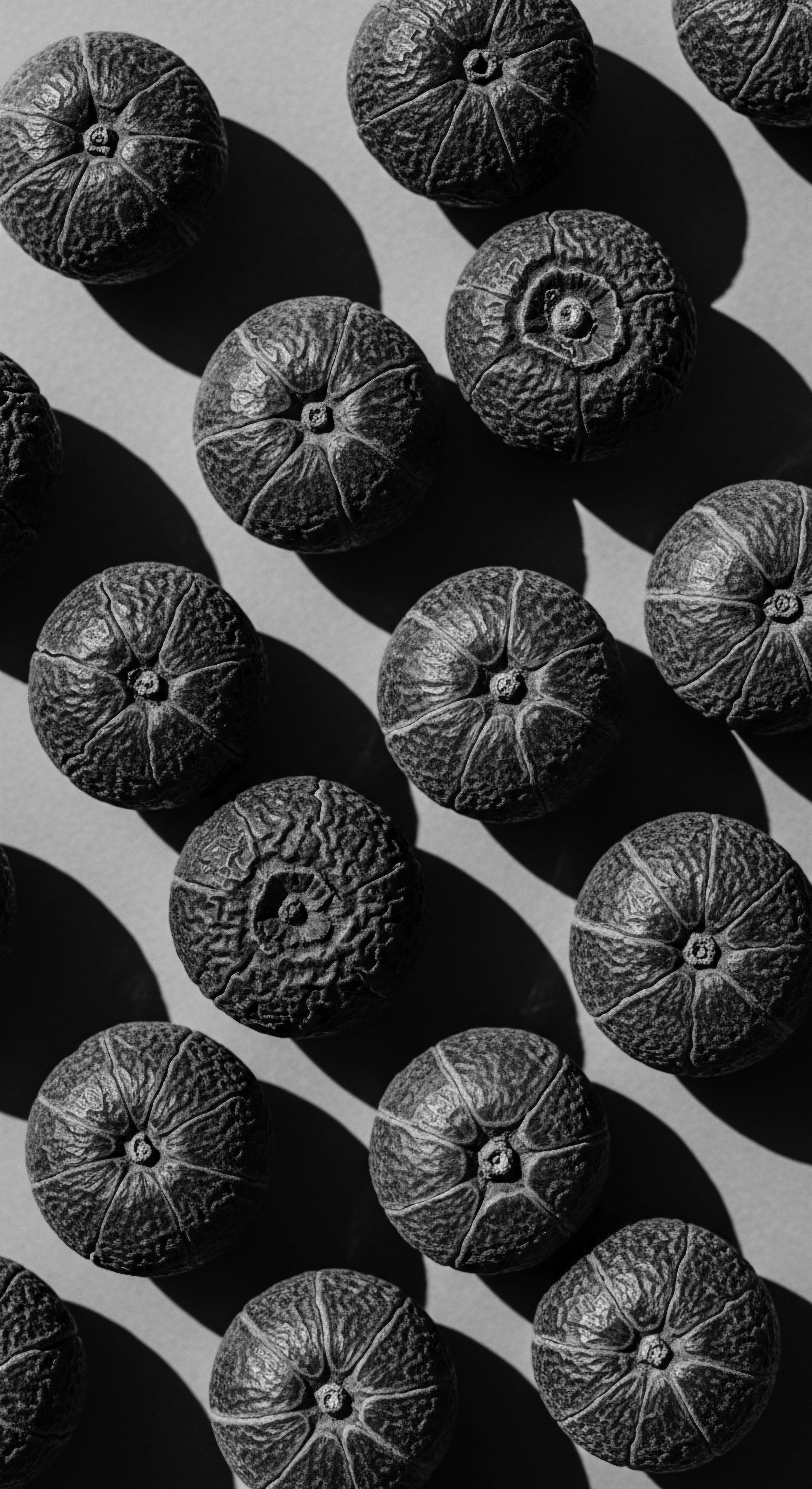
How do ancient pigments connect to textured hair?
Ancient pigments, derived from earth and plants, connected to textured hair through protective, symbolic, and community-centered heritage practices.
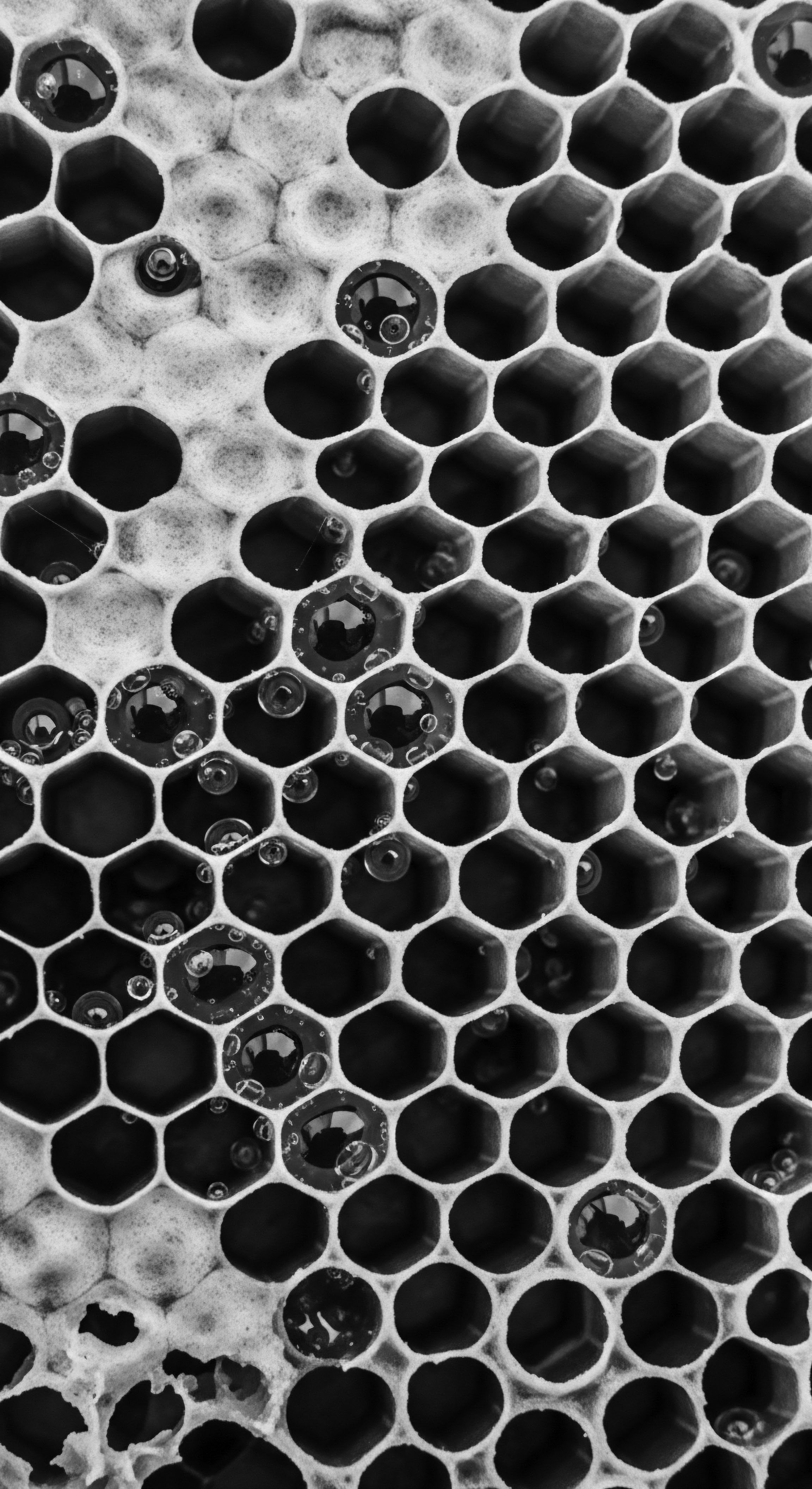
Can modern science validate the efficacy of ancient textured hair rituals?
Modern science confirms the foundational effectiveness of ancient textured hair rituals for health and preservation, validating ancestral heritage.

How did ancient purification rituals influence textured hair’s cultural role?
Ancient purification rituals shaped textured hair's cultural role by linking cleansing to spiritual renewal and ancestral connection.
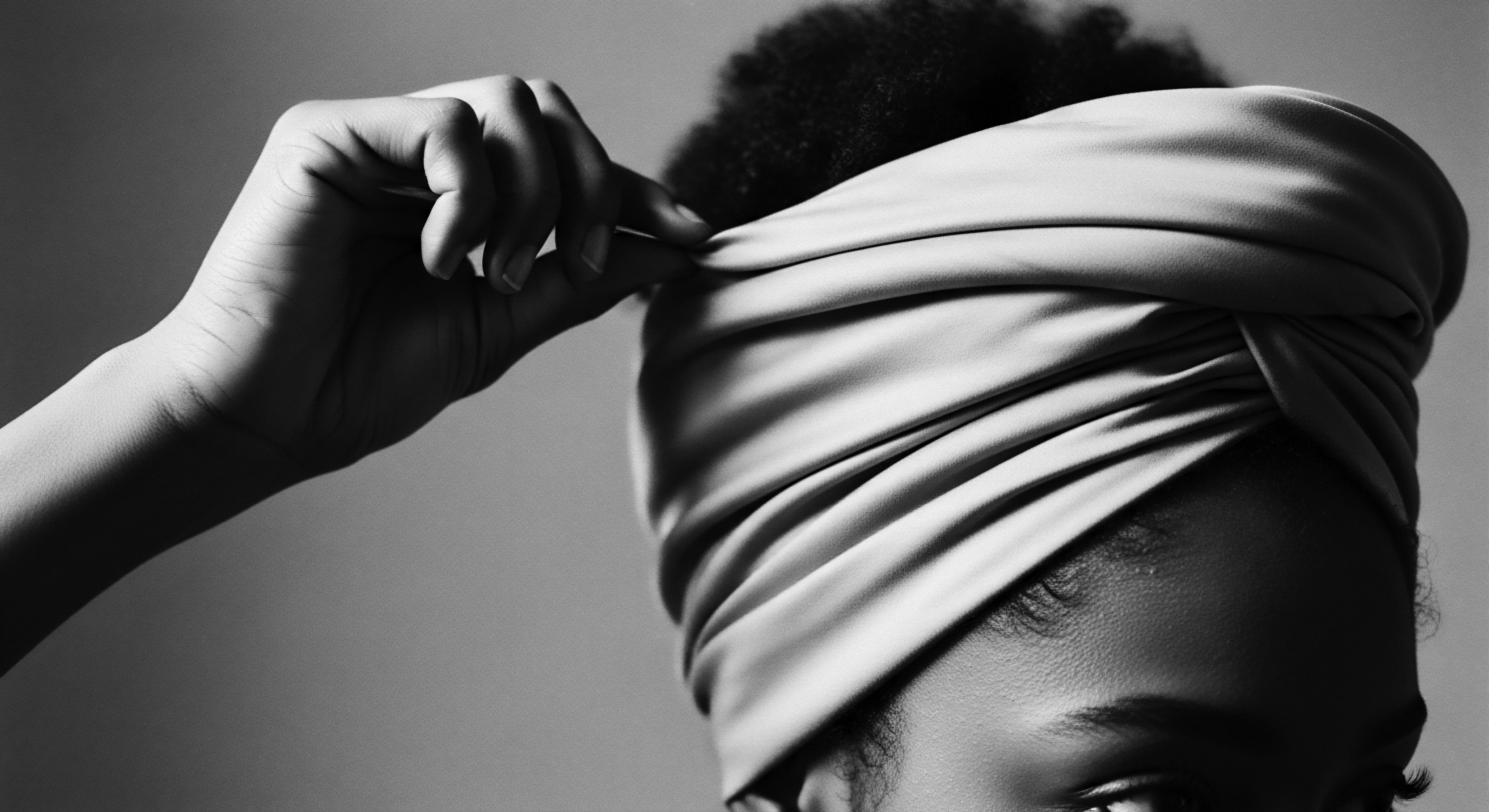
What ancient care rituals still guide modern textured hair wellness practices?
Ancient hair rituals, emphasizing natural ingredients and protective styles, directly guide modern textured hair wellness through a shared heritage of care.
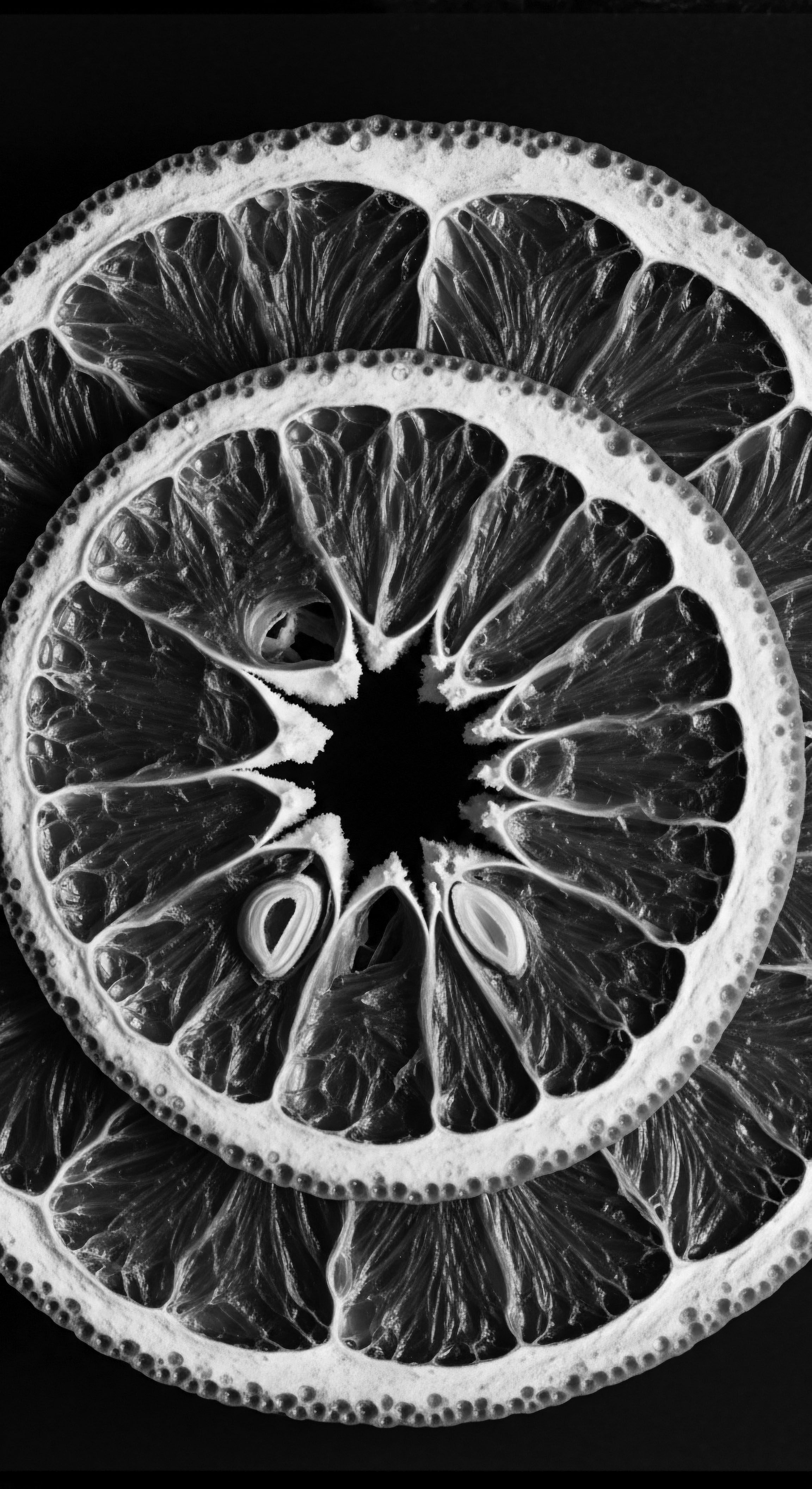
How did ancient hair care rituals sustain identity?
Ancient hair rituals deeply sustained identity by encoding social status, lineage, and spiritual beliefs onto textured strands.
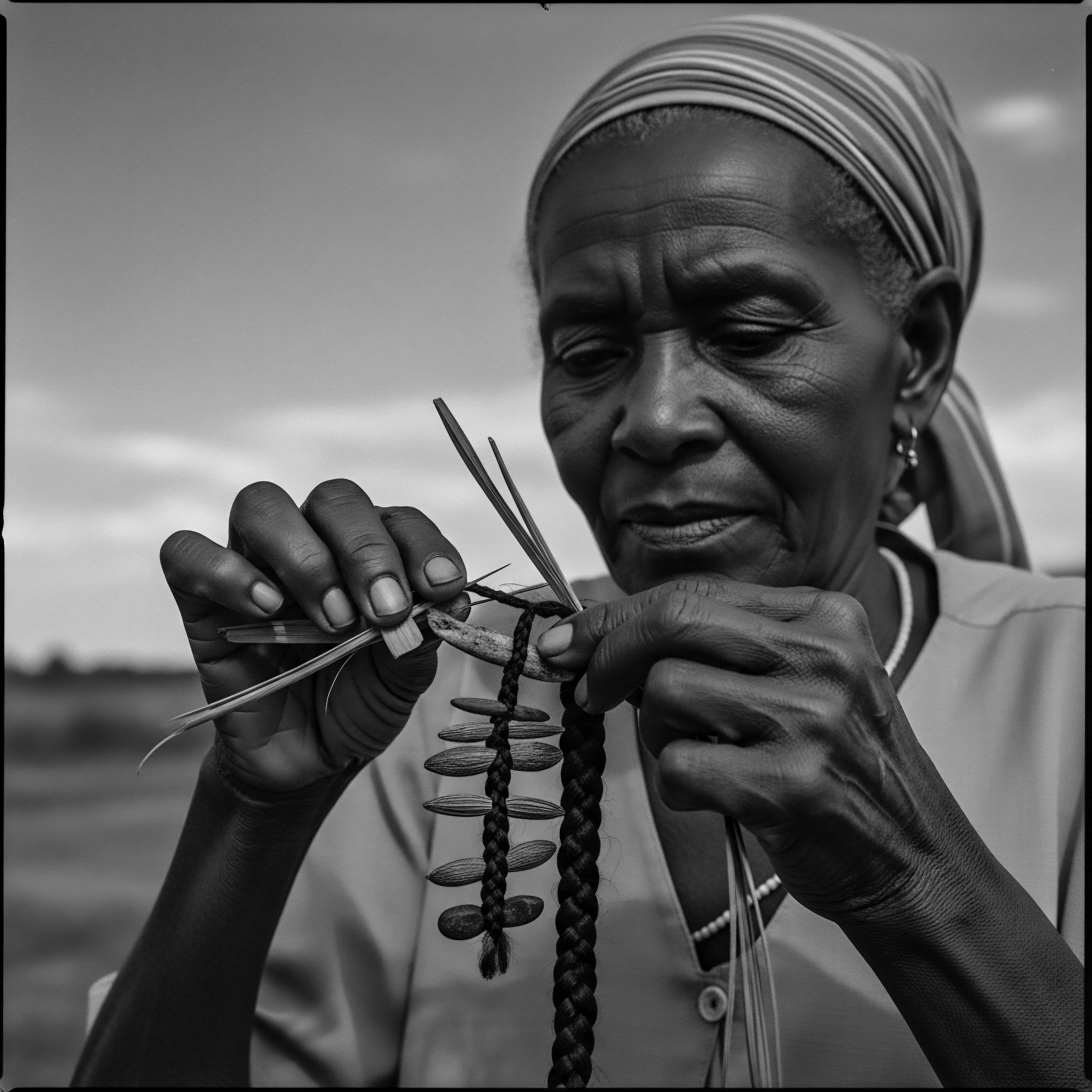
How does textured hair science connect with ancient care rituals?
Textured hair science validates ancient rituals, revealing how ancestral practices intuitively met hair's unique needs, connecting us to a rich heritage.

What communal significance did ancient hair oiling rituals hold for textured hair?
Ancient hair oiling rituals for textured hair deeply strengthened community bonds, conveying identity and spiritual connection through shared acts of care.
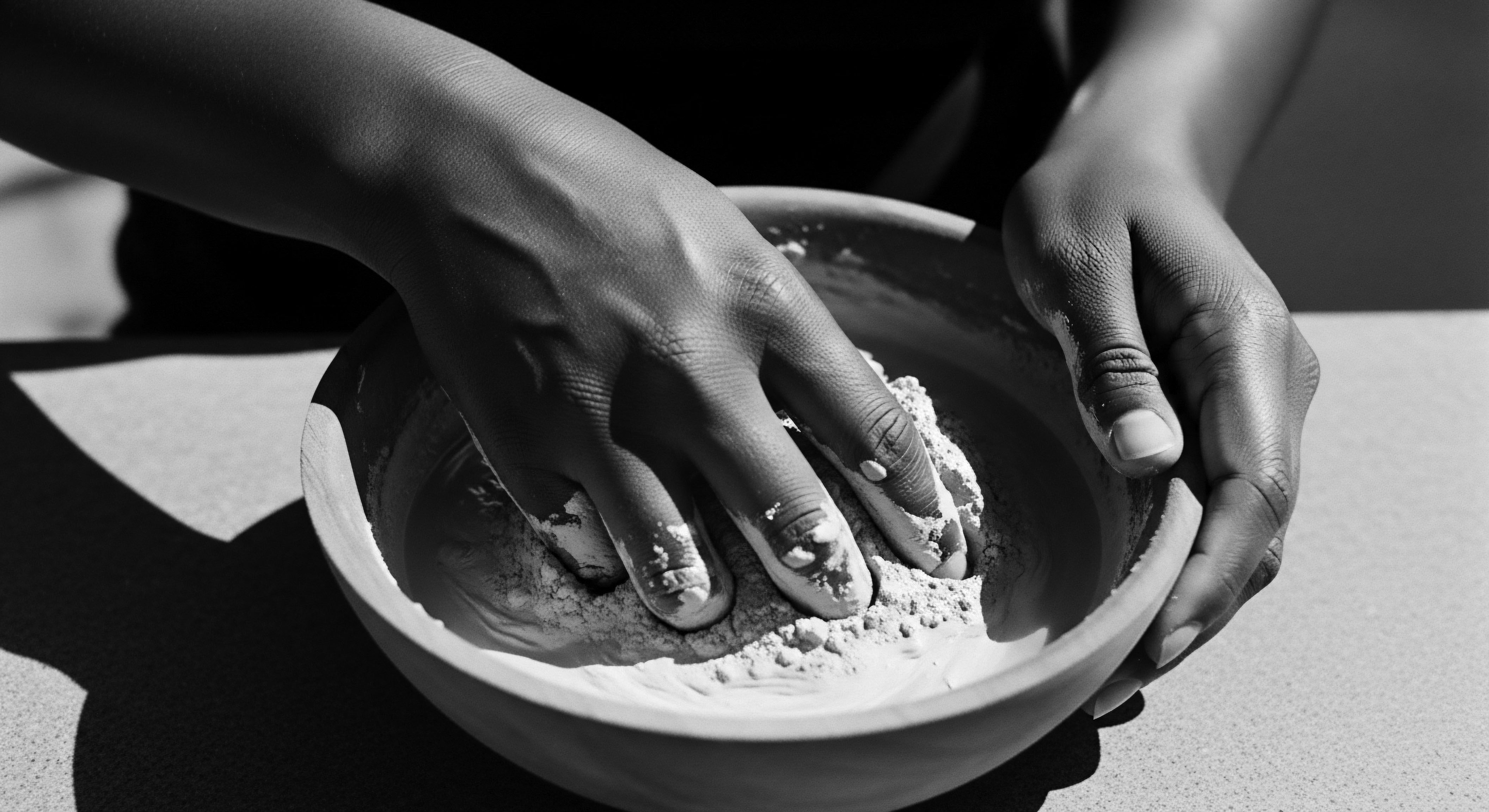
What ancient cleansing rituals contributed to textured hair wellness through heritage?
Ancient cleansing rituals contributed to textured hair wellness by favoring natural, gentle ingredients that preserved moisture, reflecting a profound heritage of holistic care.
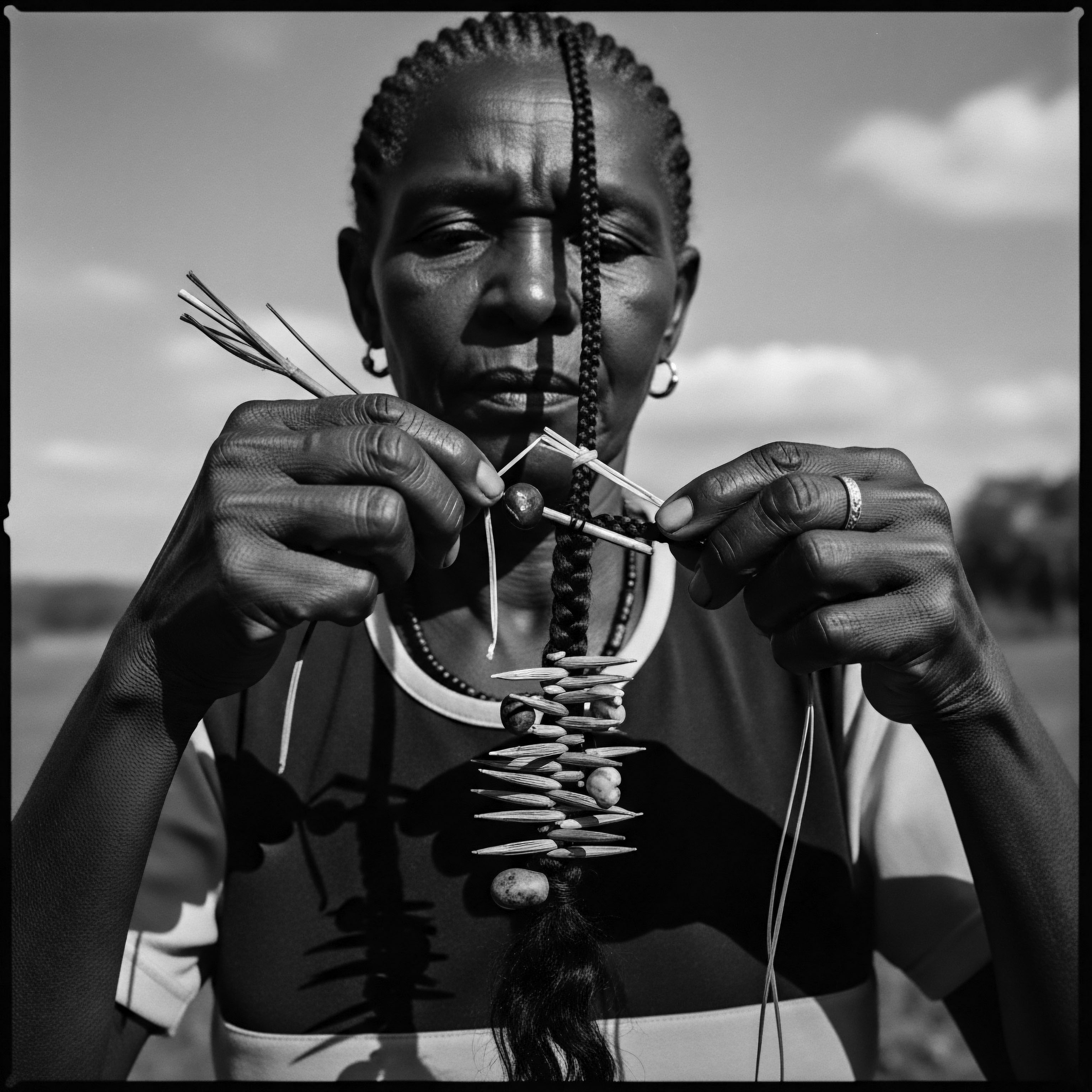
Can ancient hair care rituals truly guide modern textured hair regimens?
Ancient hair rituals provide profound guidance for modern textured hair regimens, rooted deeply in heritage and holistic well-being.
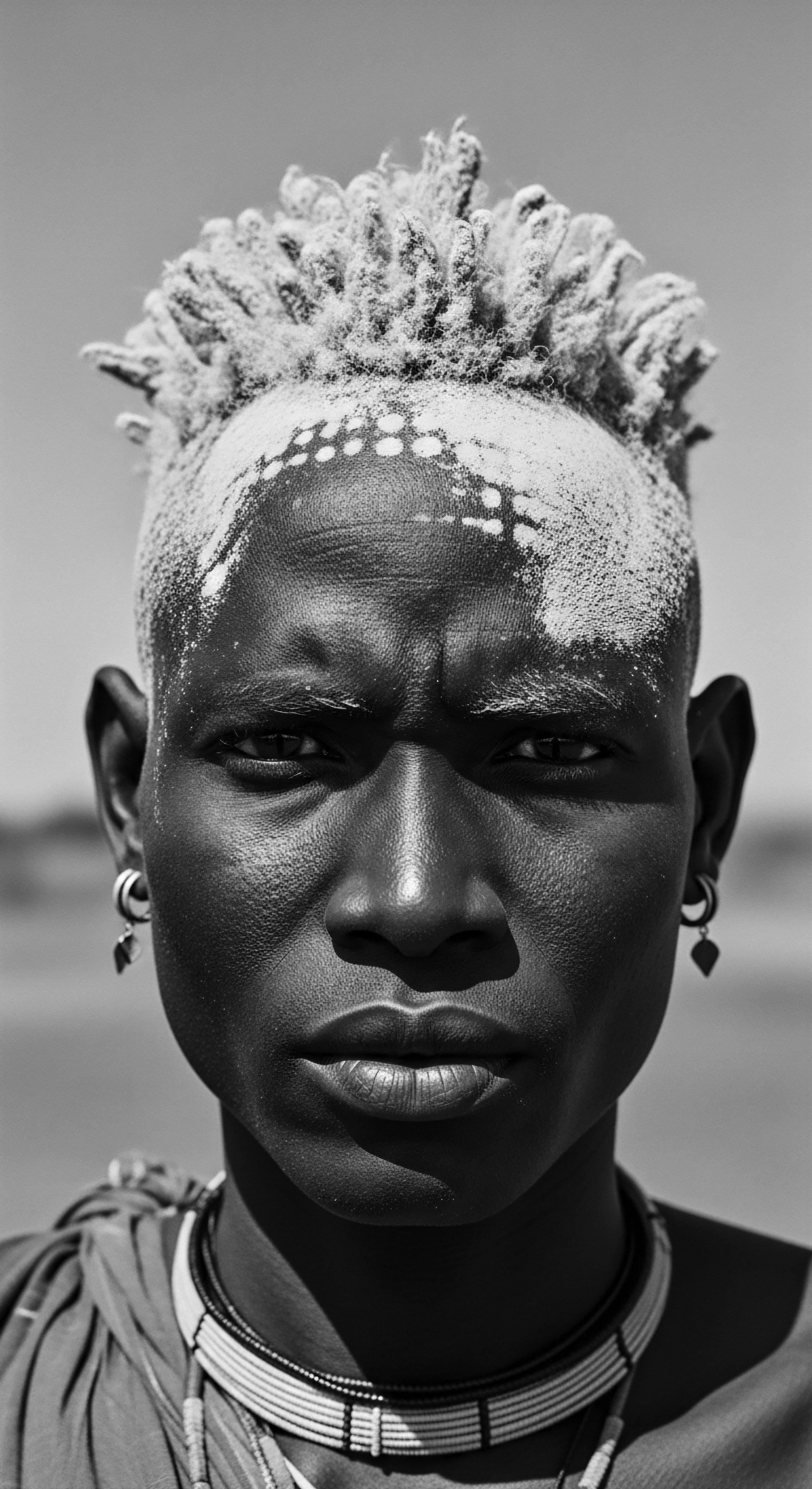
What historical evidence shows Ghassoul clay use for textured hair?
Historical evidence shows Ghassoul clay from Morocco used for centuries as a gentle cleanser for textured hair, rooted in North African heritage.
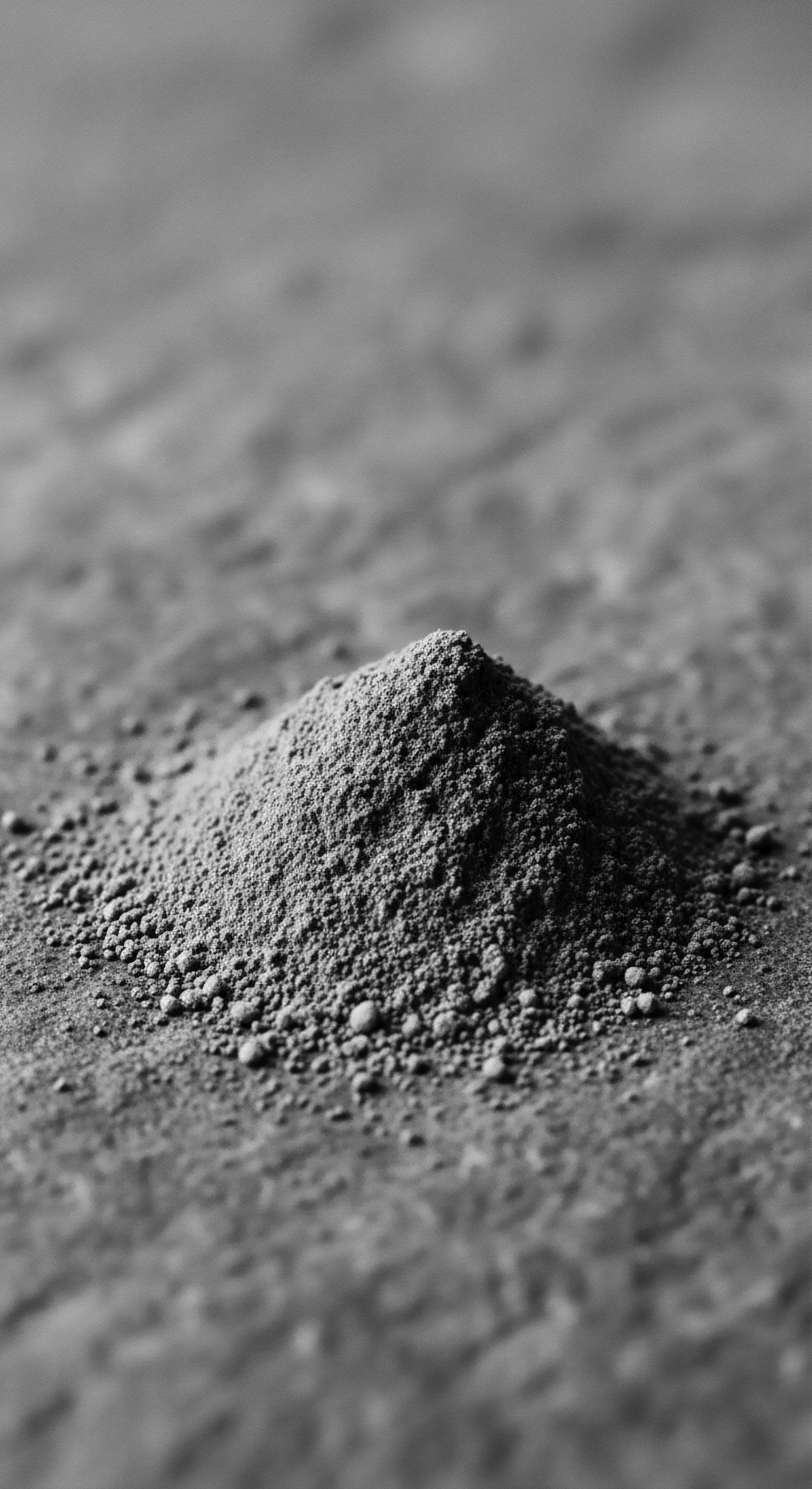
What traditional botanicals shaped ancient hair care heritage?
Traditional botanicals like shea butter and Chebe powder deeply shaped ancient textured hair care, connecting past wisdom to living heritage.
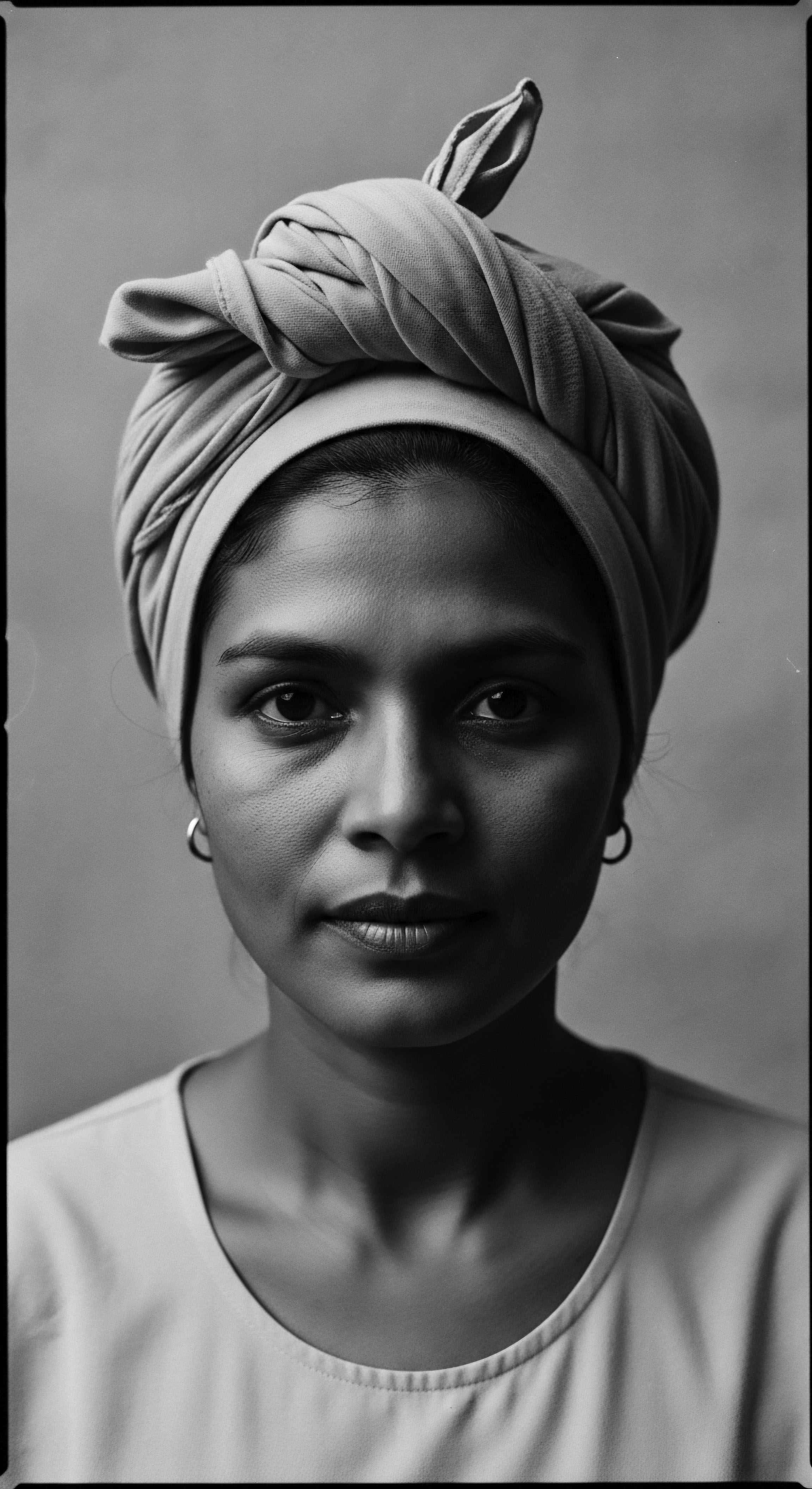
Can ancient scalp oiling practices inform modern textured hair regimens?
Ancient scalp oiling offers a heritage-rich framework for modern textured hair regimens, providing moisture, protection, and a link to ancestral wisdom.
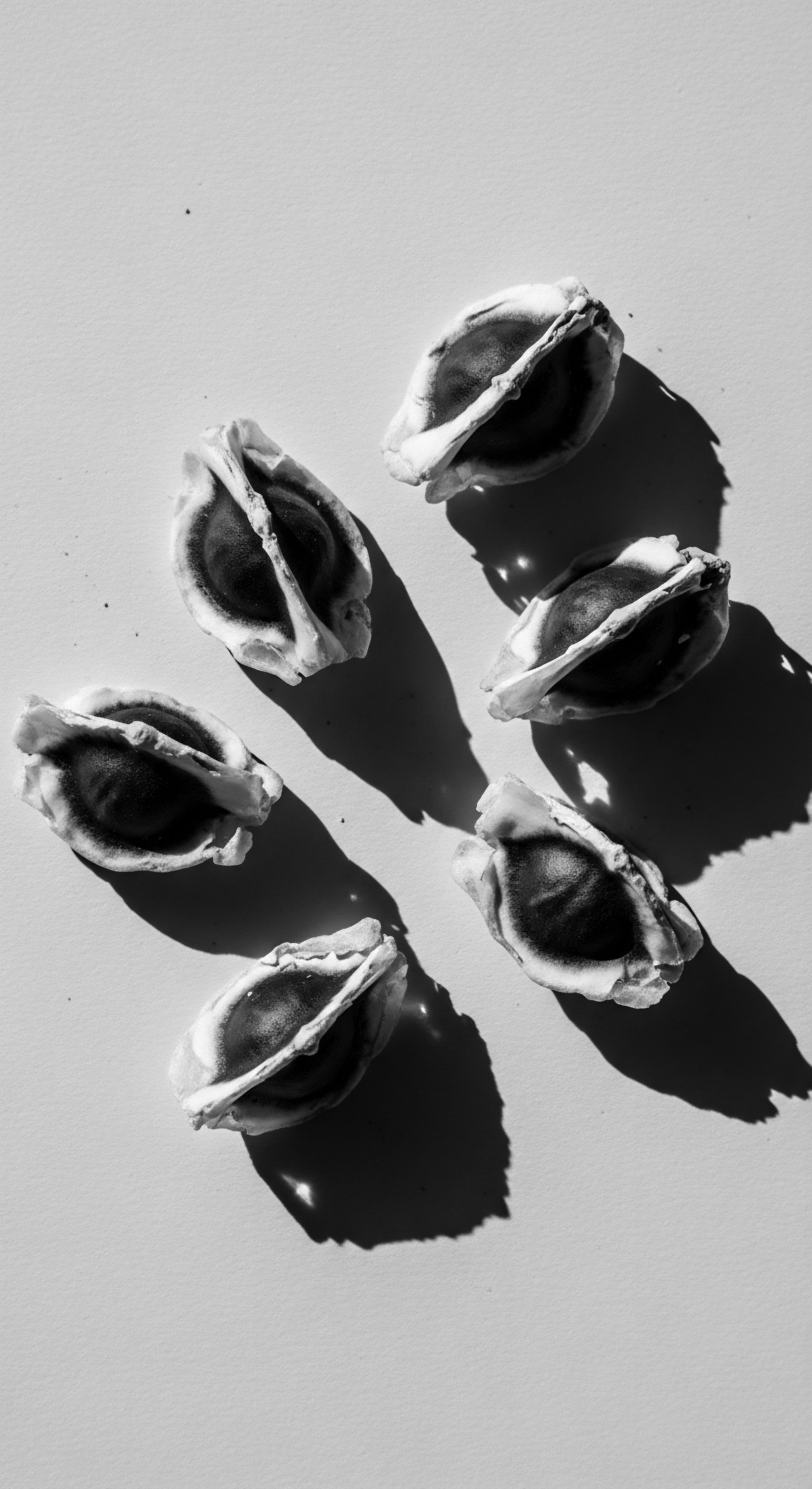
What enduring lessons from ancient hair care rituals resonate today for heritage practices?
Ancient hair care rituals for textured strands offer lessons in protection, identity, and holistic well-being, deeply rooted in heritage.
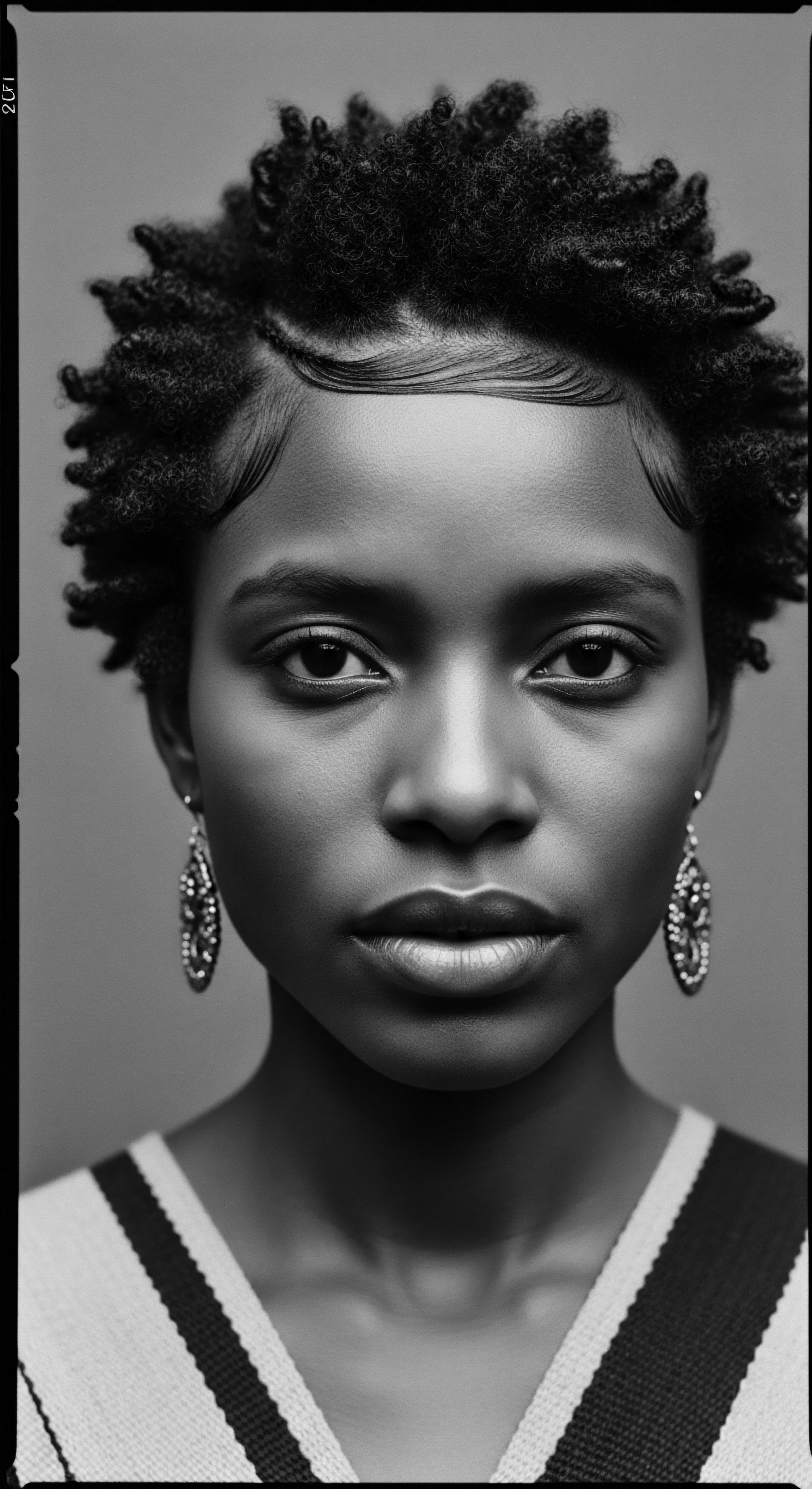
How did ancient African cultures shape hair care?
Ancient African cultures shaped hair care by transforming it into a powerful, symbolic expression of heritage, status, and spirituality.
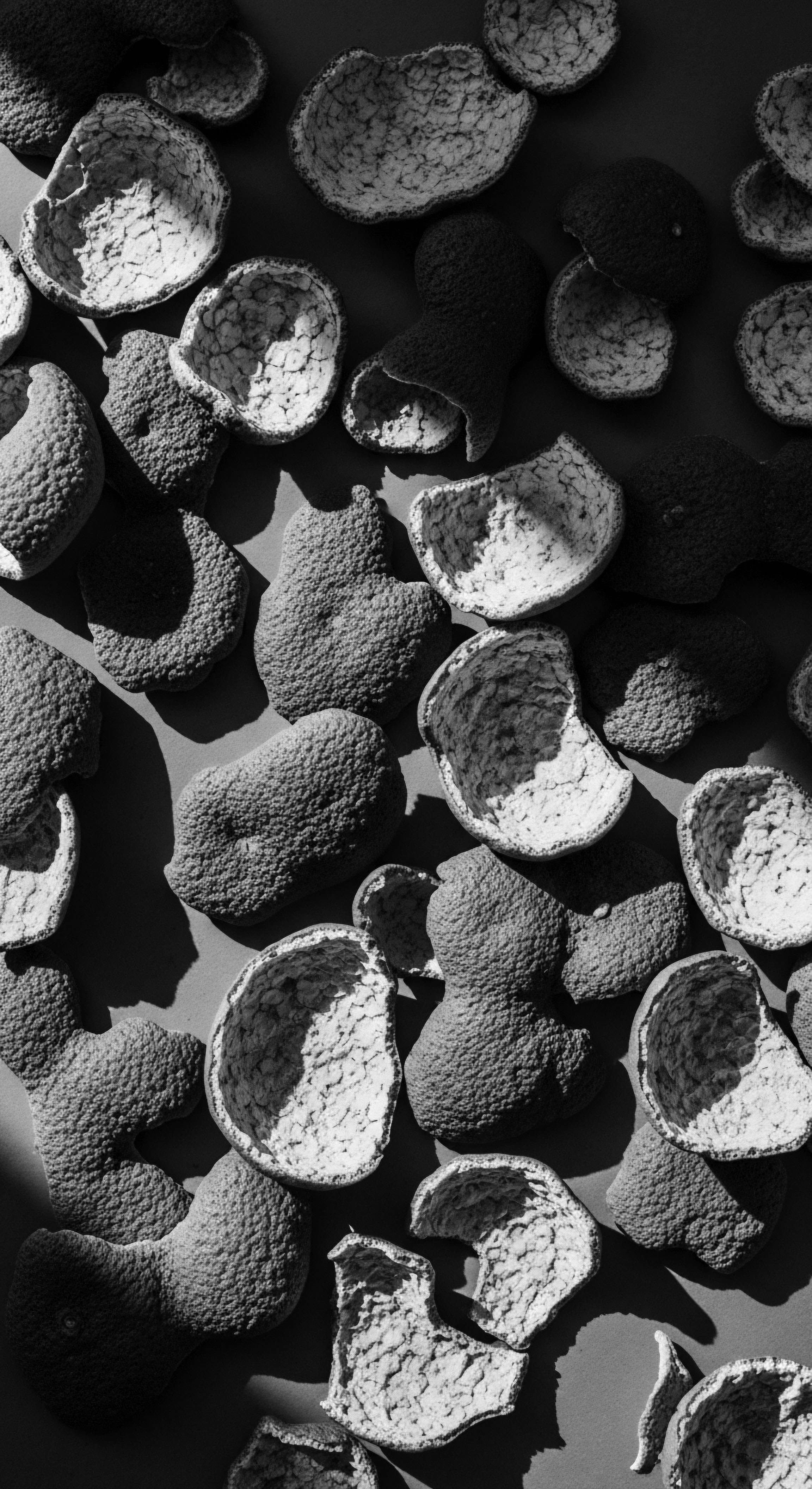
In what ways did ancient hair care rituals reflect cultural heritage?
Ancient hair care rituals mirrored cultural heritage through practices, styles, and ingredients, particularly for textured hair.
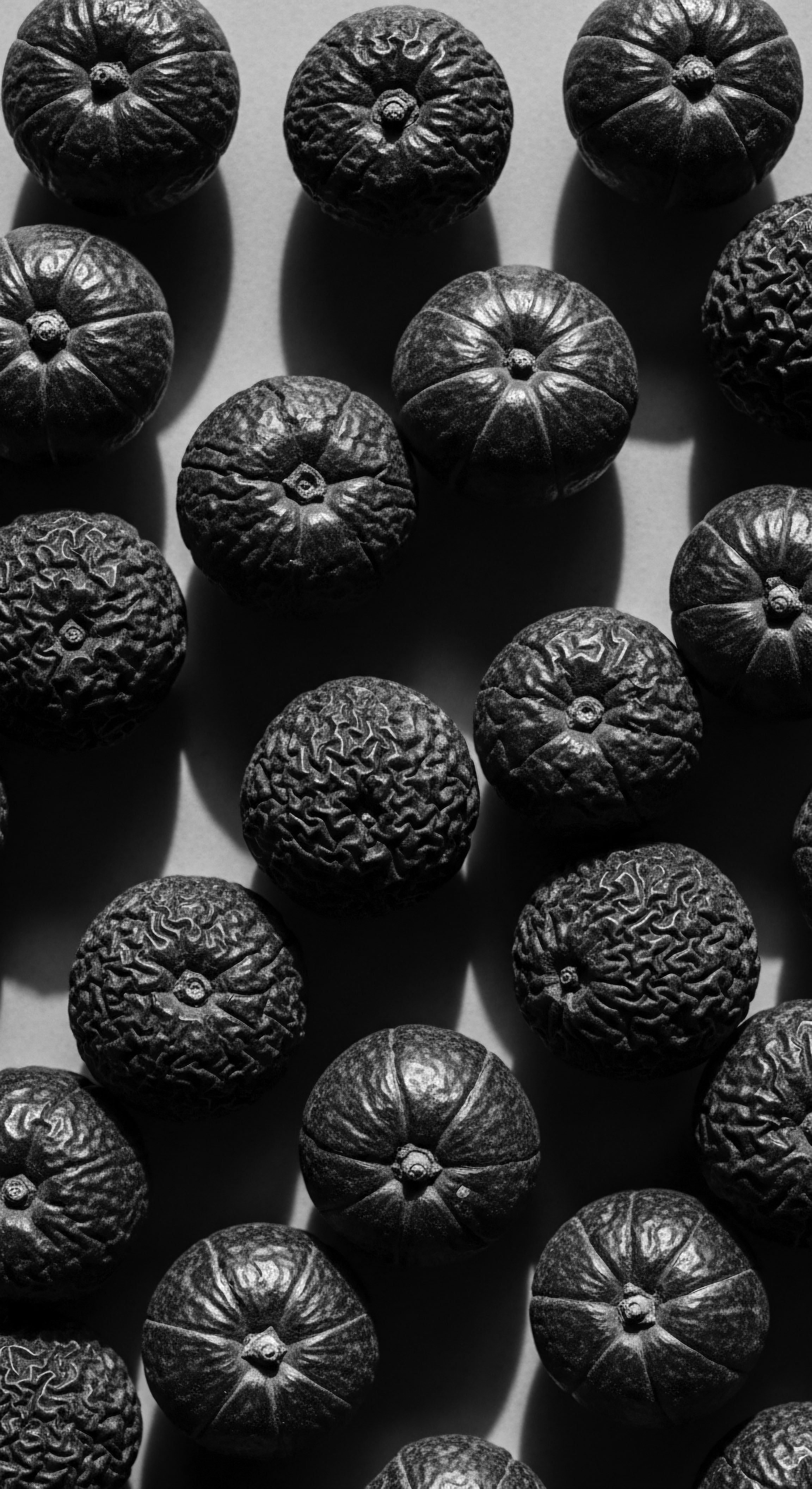
How did ancient communities honor hair heritage?
Ancient communities honored hair heritage through intricate styles, spiritual rituals, and communal practices, reflecting identity and deep connection to ancestry.

What ancient care rituals inform current textured hair practices?
Ancient hair care rituals inform current textured hair practices by offering a heritage of moisture, protection, and communal care strategies.
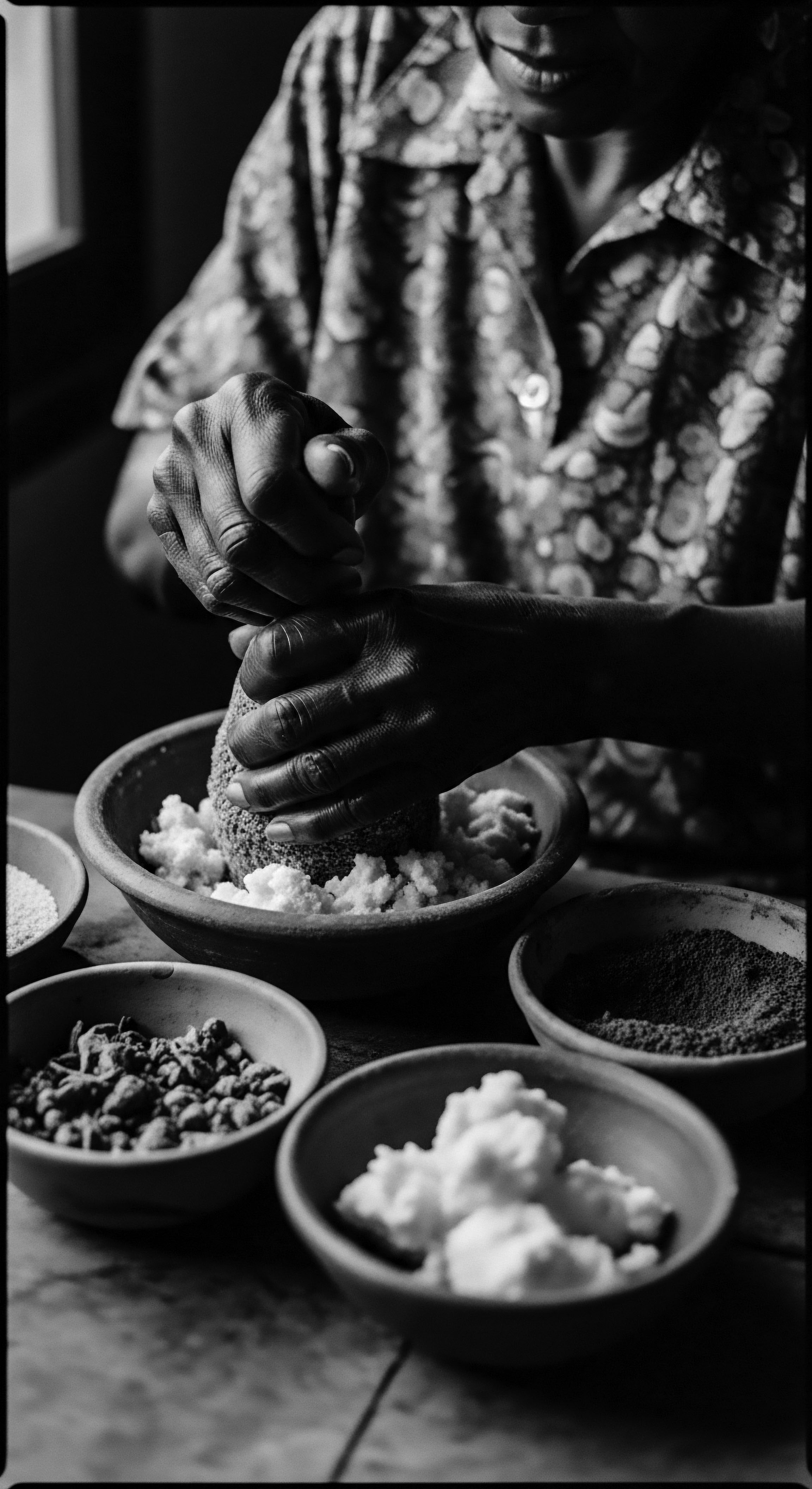
Do ancient hair rituals influence modern textured hair practices?
Ancient hair rituals profoundly influence modern textured hair practices, preserving ancestral wisdom and cultural heritage.

How ancient practices shape textured hair growth?
Ancient practices, rooted in heritage, profoundly shaped textured hair growth by emphasizing natural care, protective styling, and holistic wellness.
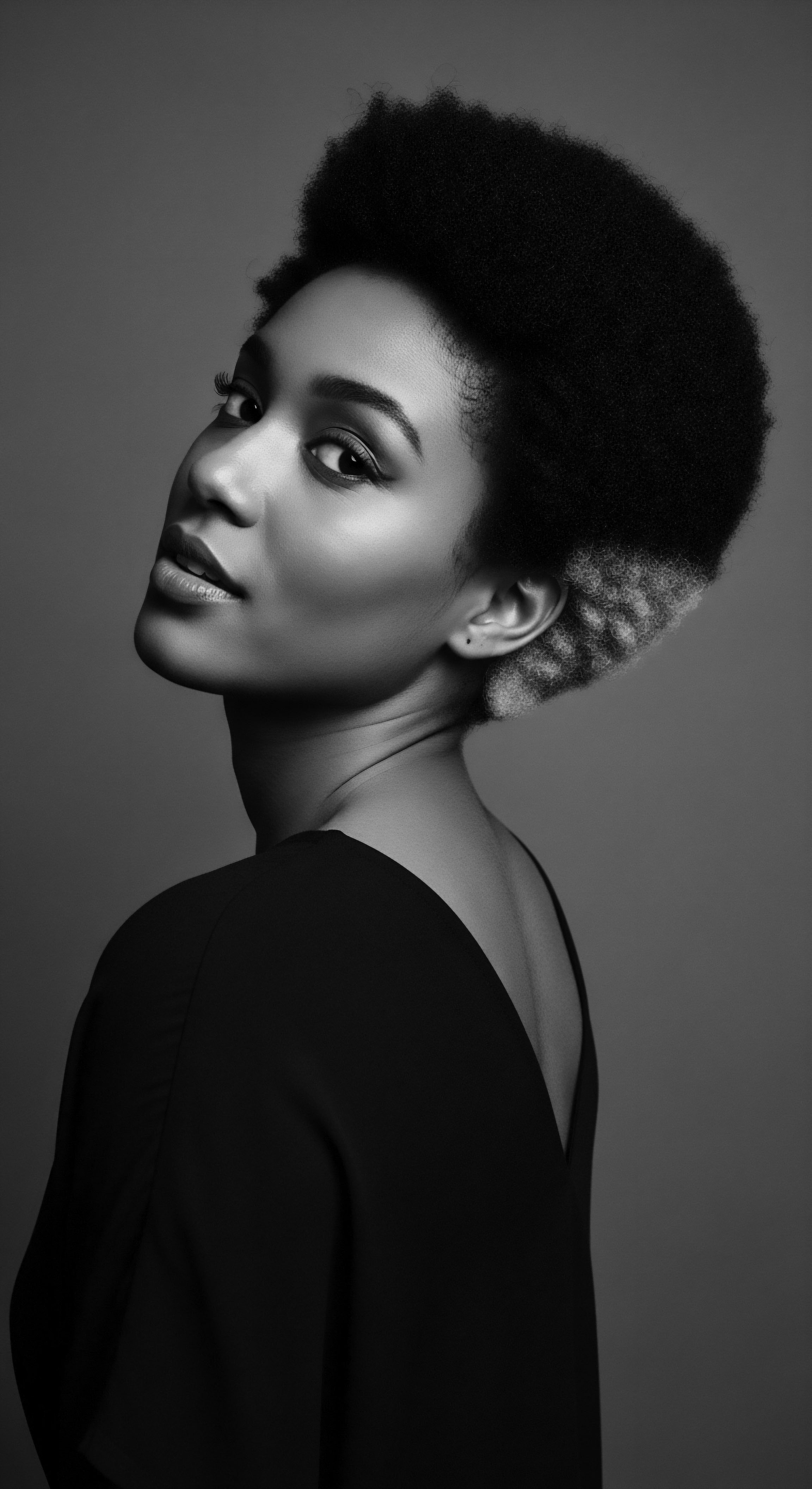
What ancient cultural practices maintained textured hair health with natural ingredients?
Ancestral practices maintained textured hair health with natural ingredients by focusing on moisture, protective styles, and scalp nourishment, deeply rooted in heritage.
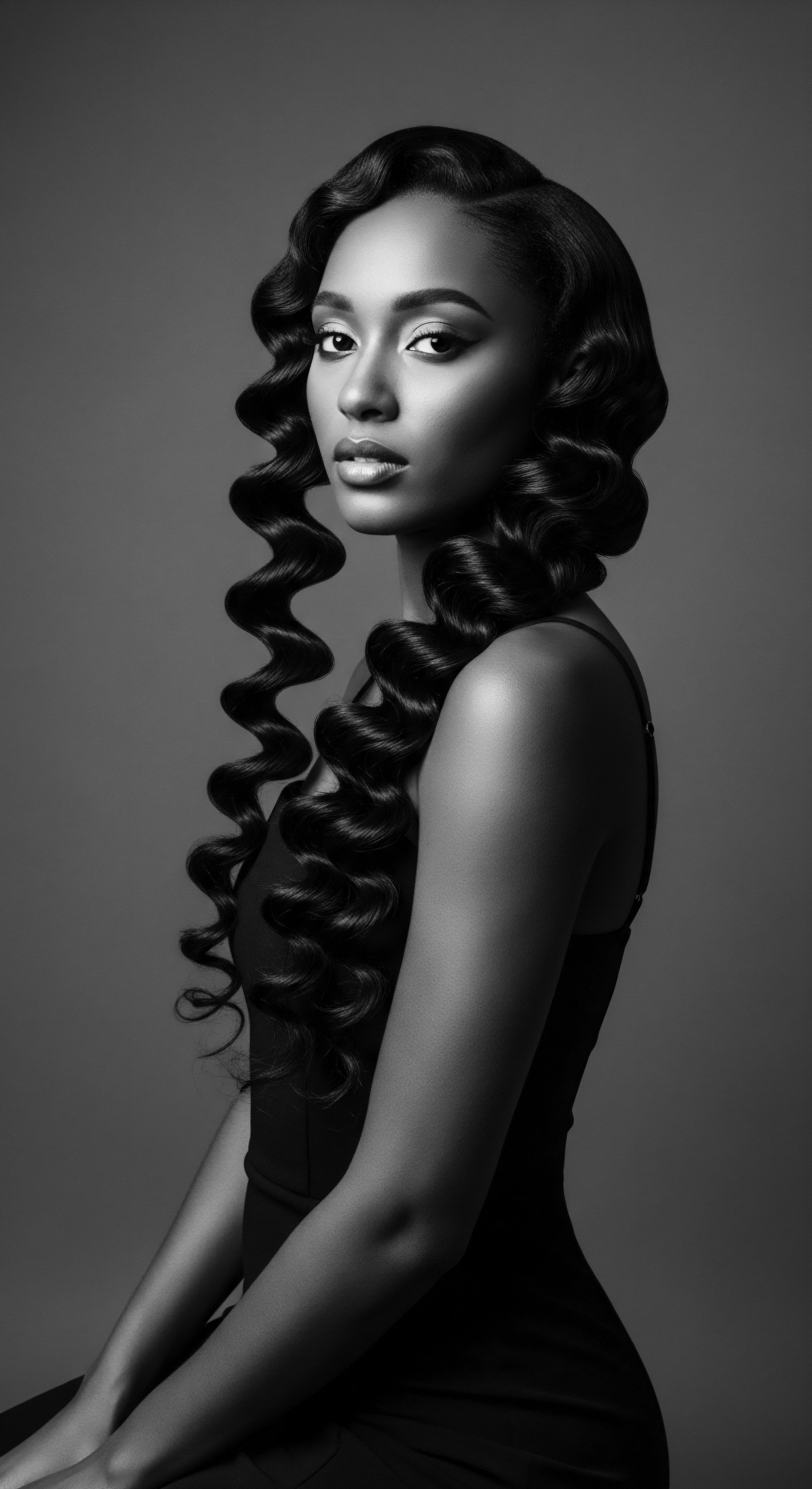
Do ancient hair rituals support faster hair growth in textured hair?
Ancient hair rituals, through a heritage-rich focus on moisture and protection, significantly support textured hair length retention.

How did ancient hair traditions preserve heritage?
Ancient hair traditions preserved heritage by embodying cultural identity, spiritual beliefs, and social standing through meticulous care and symbolic styling.
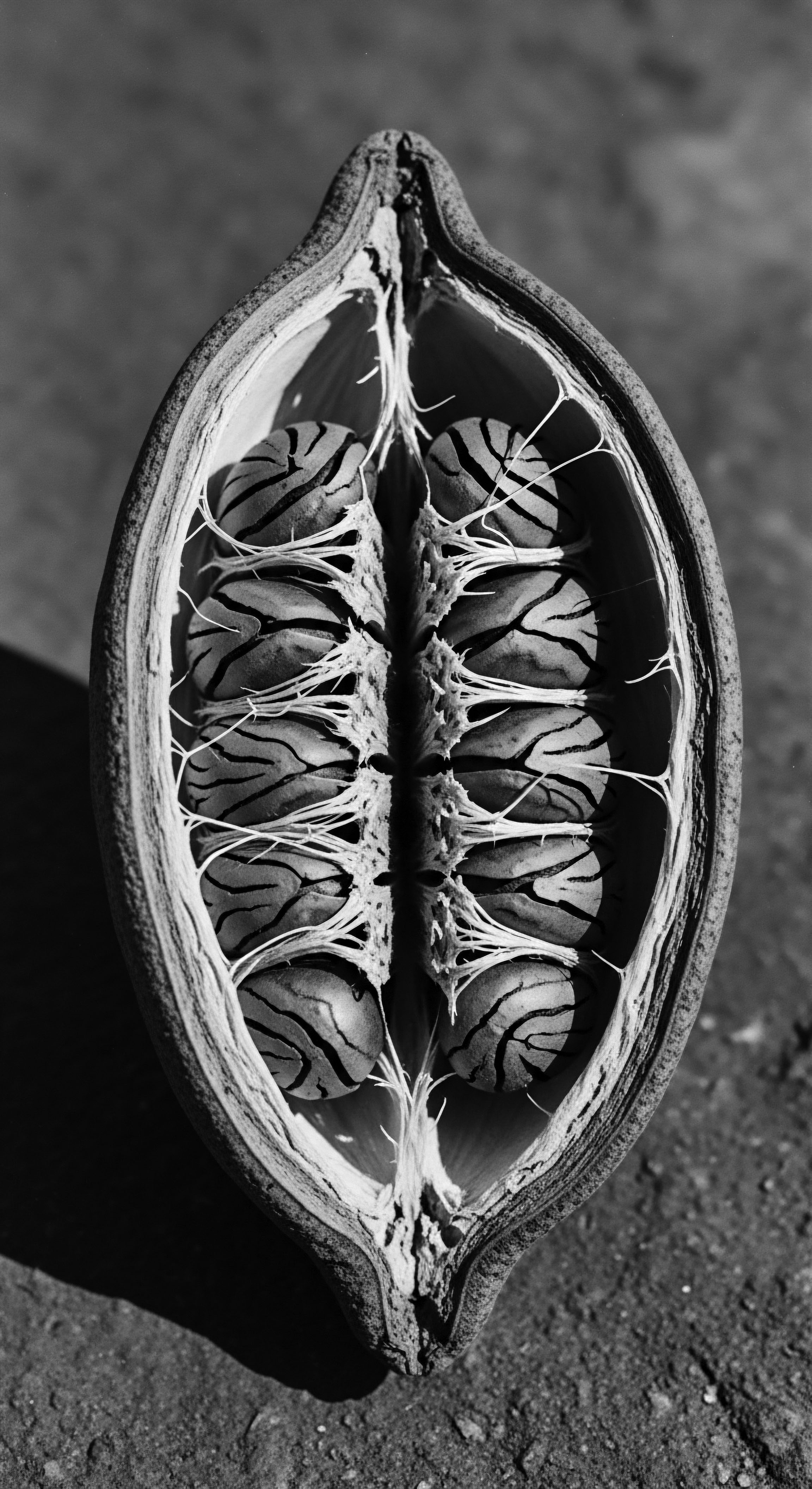
How do ancient grooming rituals shape modern textured hair care?
Ancient grooming rituals shape modern textured hair care by providing a legacy of profound knowledge, protective practices, and deep cultural connections.

